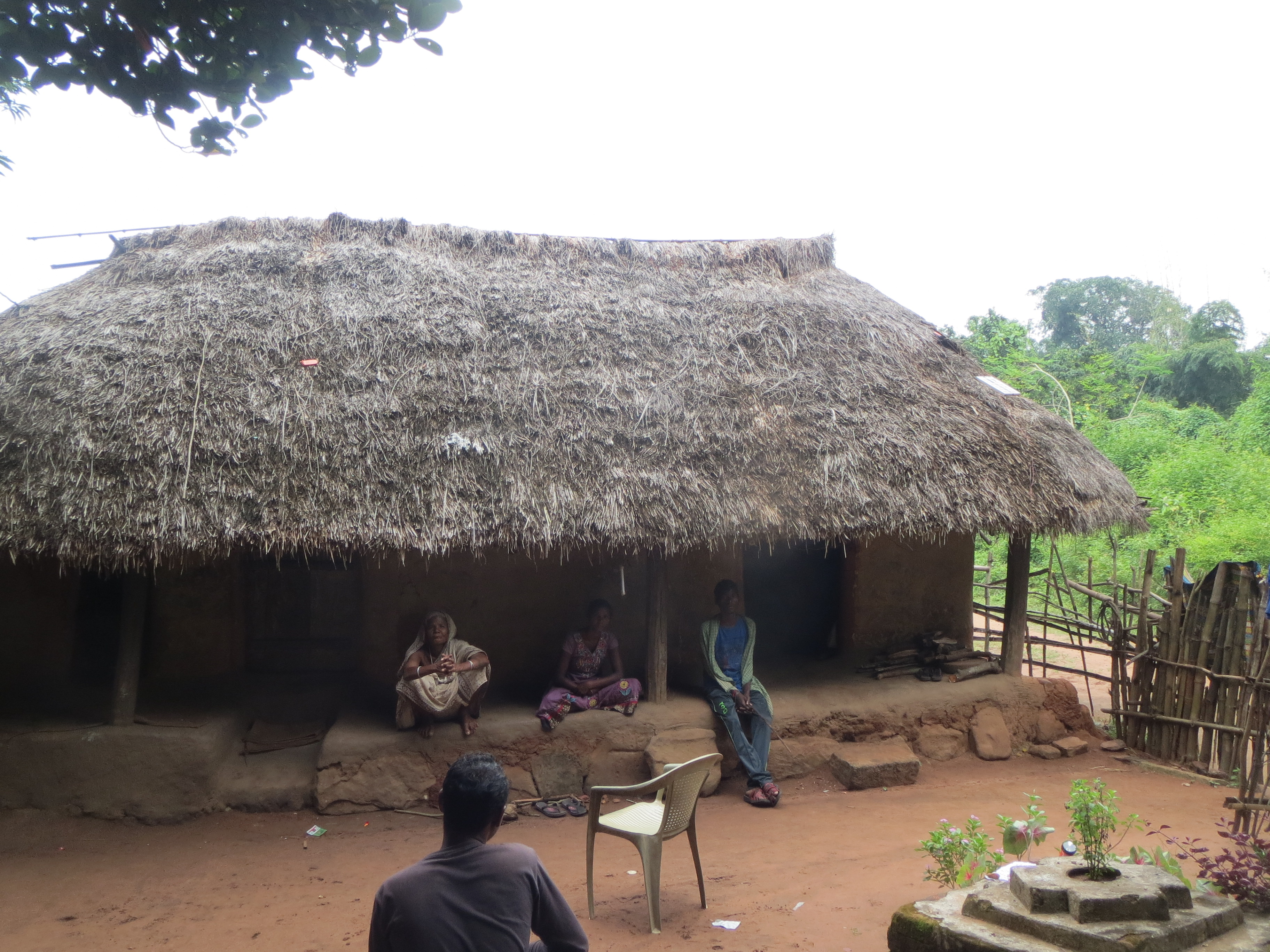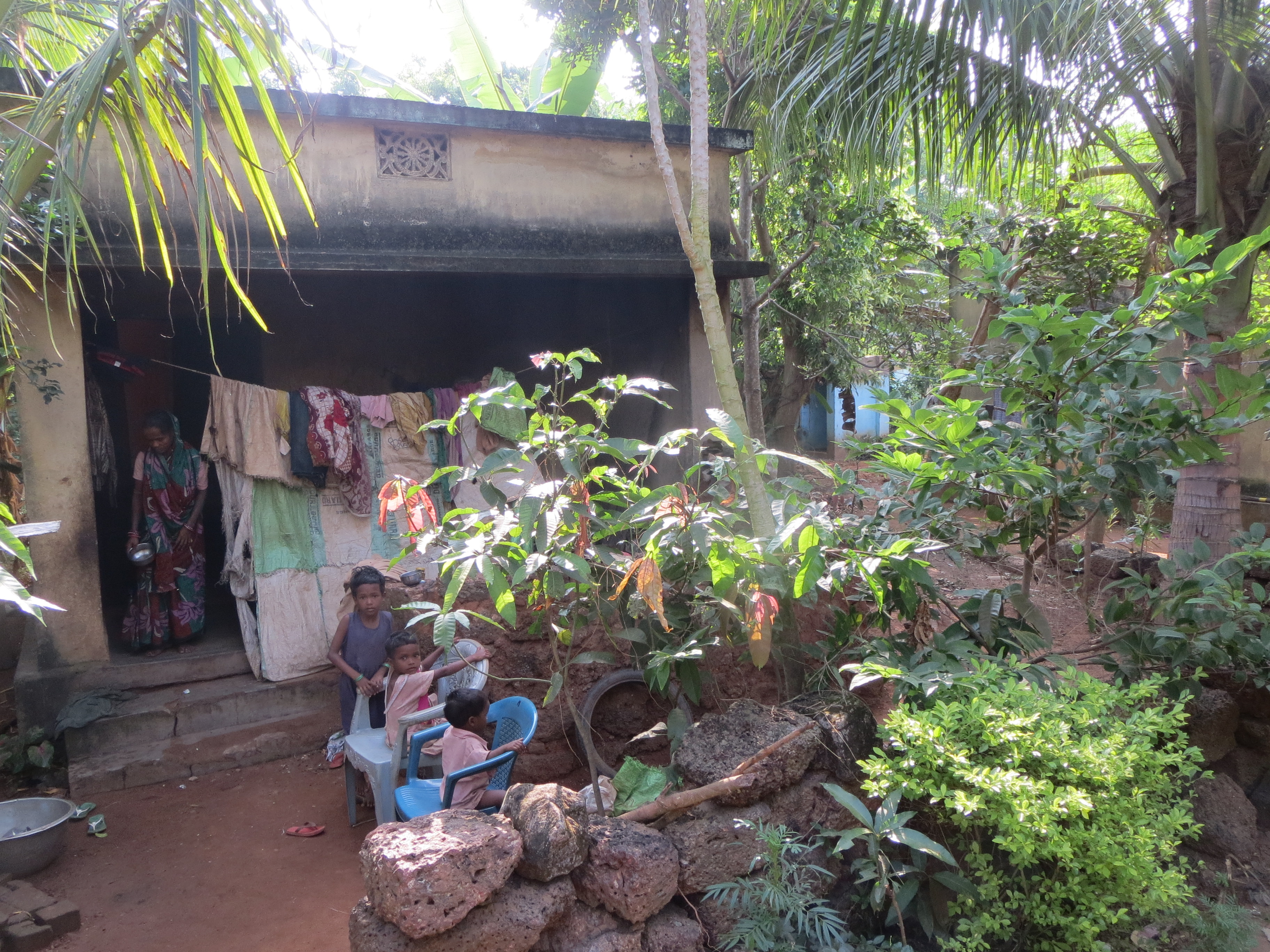Why we should think over forest rehabilitation of the Scheduled Tribes in India?
Published:
Over a period of 15 years, I am working among the forest living scheduled tribes in Eastern and Central Parts of India. In course of my several field experiences, I stayed both in the forest settlements and rehabilitation sites. The major concern of both the groups is the trust, experiences and also motivation. In my early career around 2003, when I requested to the forest authority of Chandaka-Dompara Elephant Sancturay, Bhubaneswar, Odisha, India for giving me a permission to stay inside the forest villages in relation to my project, they always denied and shown me the forest restriction of the outsiders. They had the only one moto that how they could able to wipe-out the forest villagers out the forest without formulating a solid relabilitation package. In 2009, when a group of forest household came to inhabit outside the forest areas (Bhuasuni), initially they faced a lot of constrients for their survival in the new areas. However the efforts have been made by us along with the true perticipation of the villagers for growing the proper vegetation in the new sites but still failed to reconstruct their Sacred Grove and finally even through they came out side the forest areas but their mind is always keeping in the sacred grove located inside the forest areas. Now the question arises that whether planner are thinking over this issue simpathetically during forest rehabilitation or they are only looking into forest along with non human animals?


